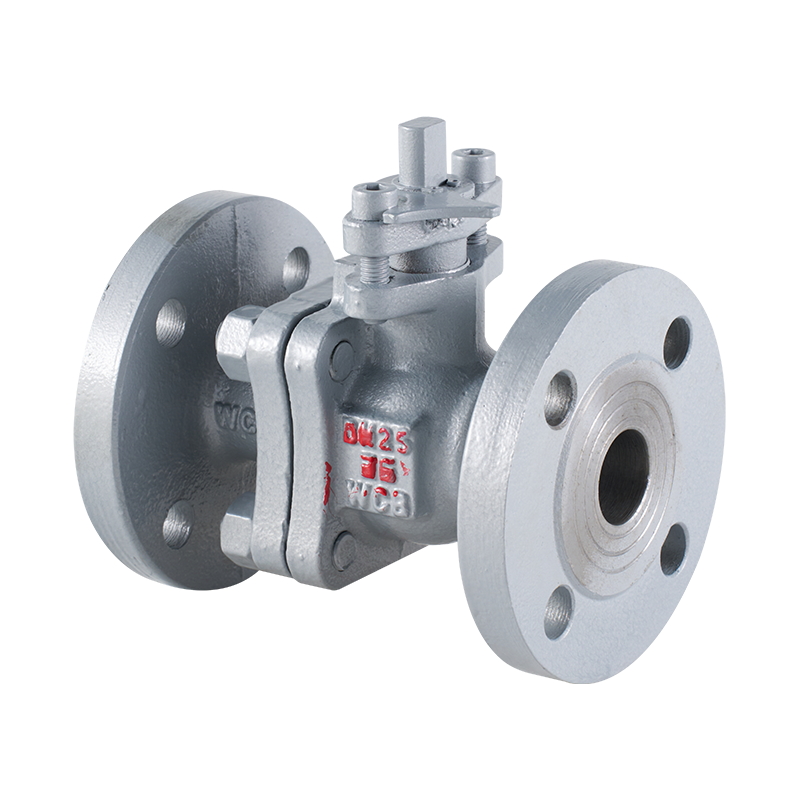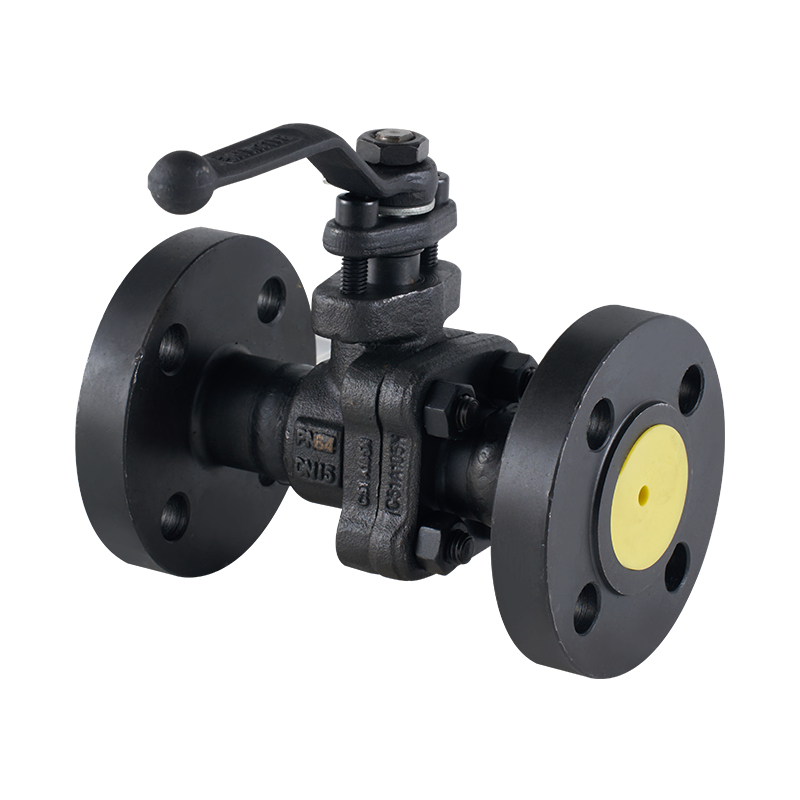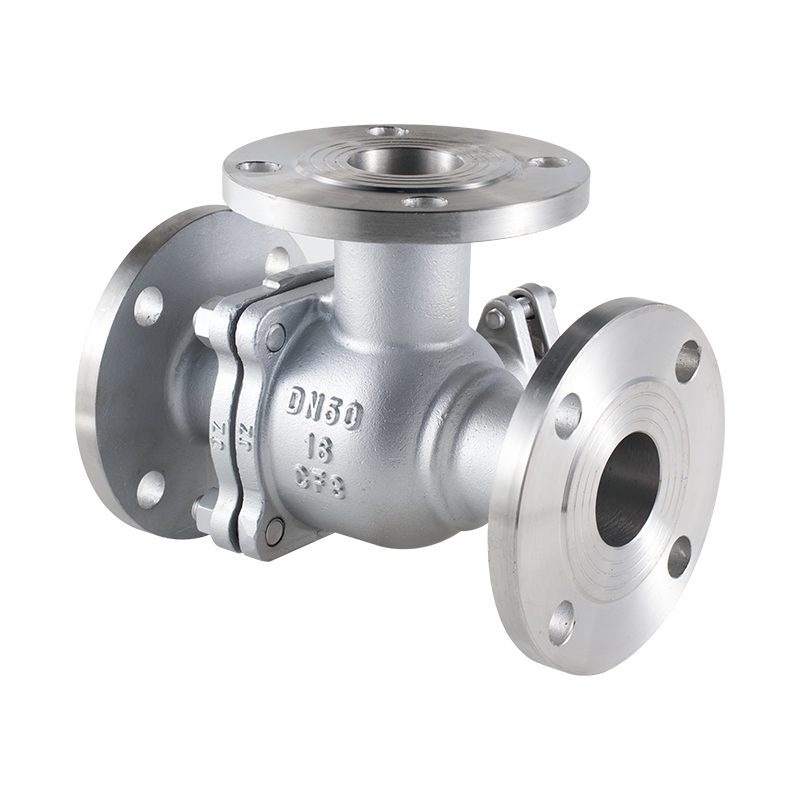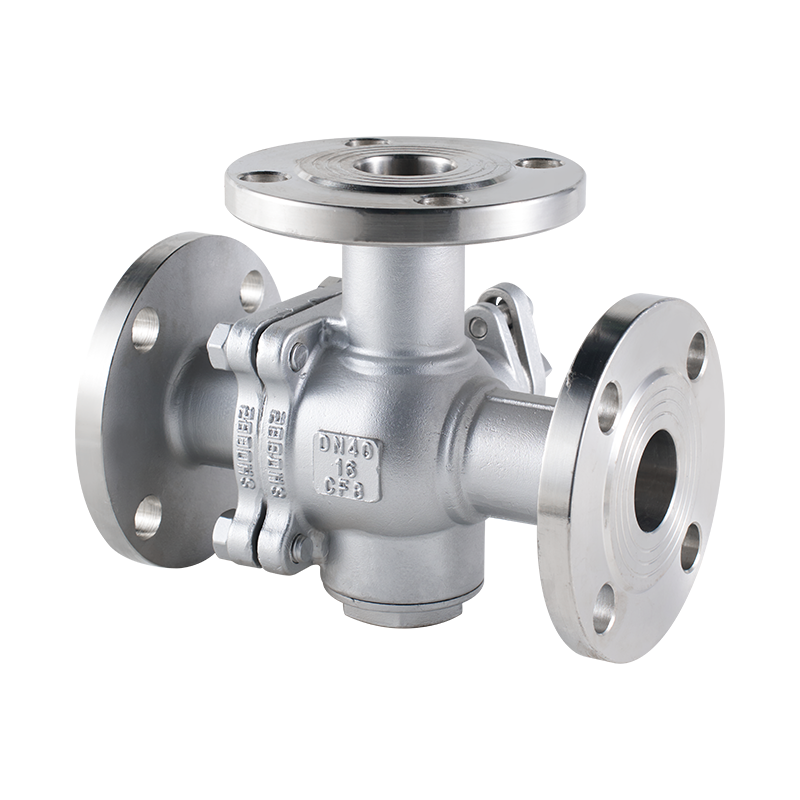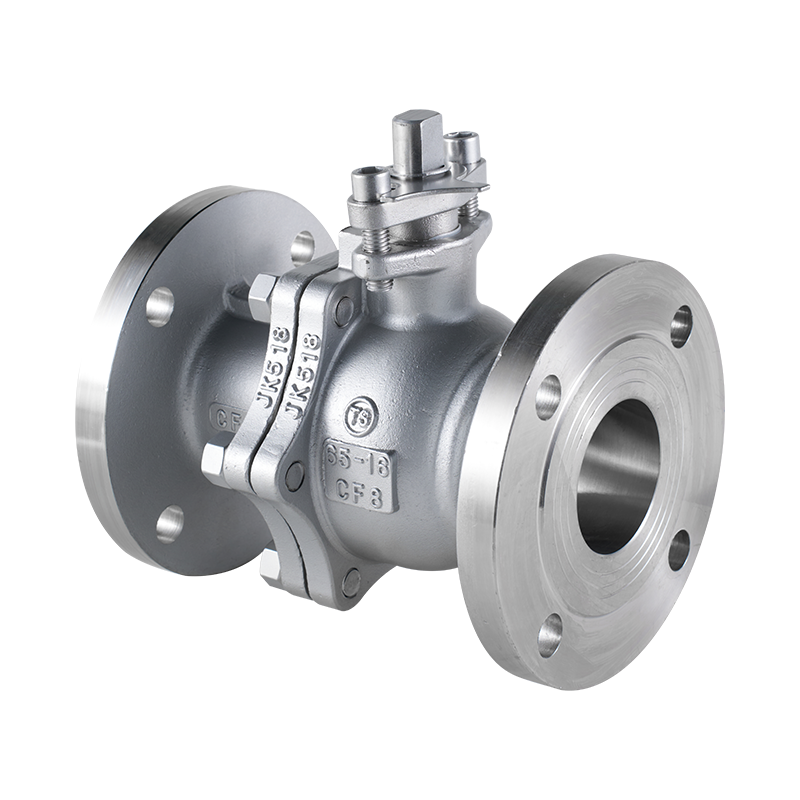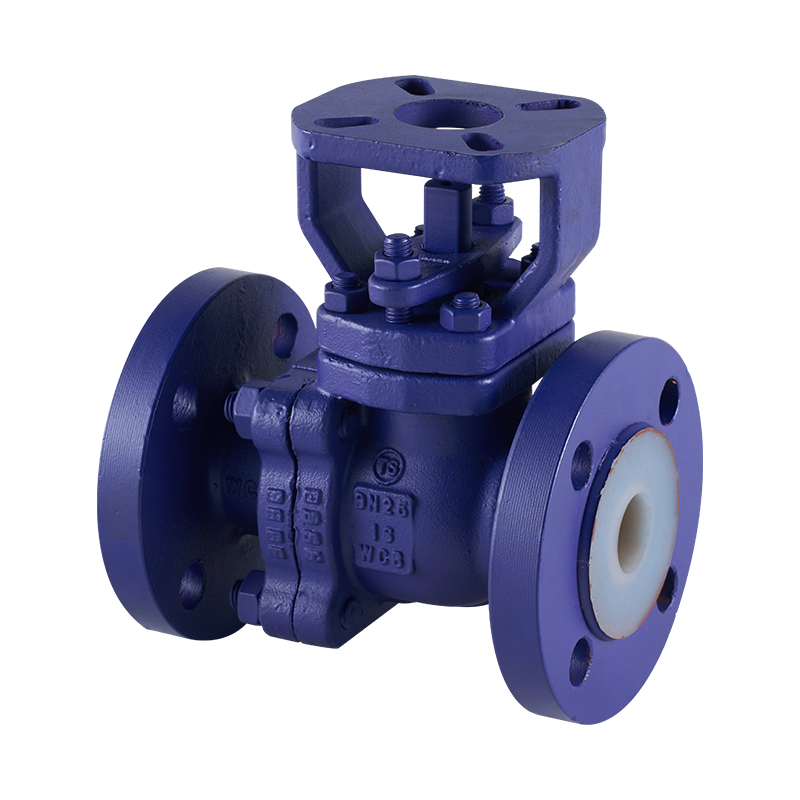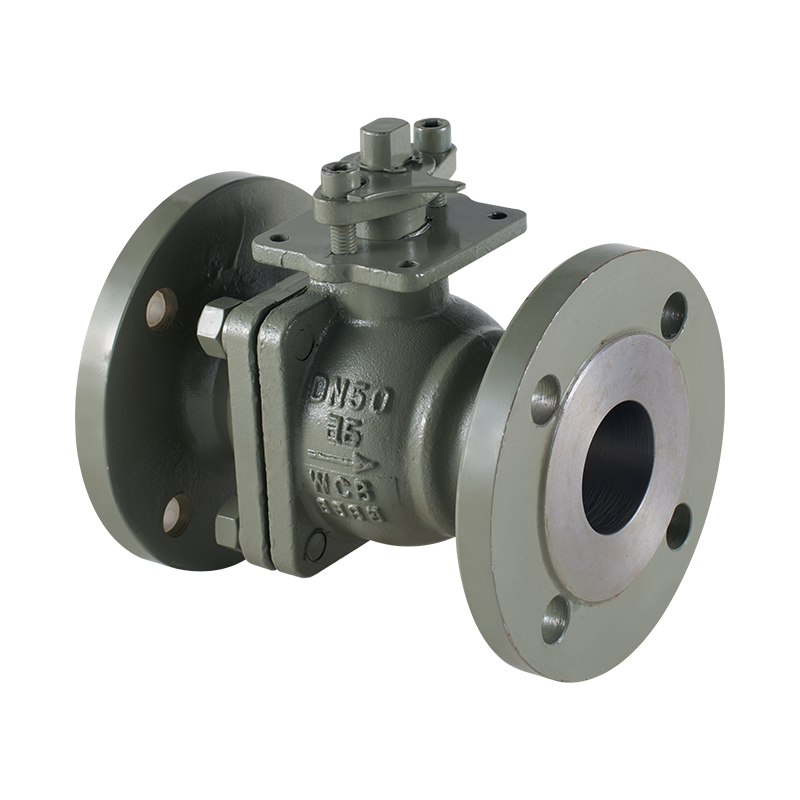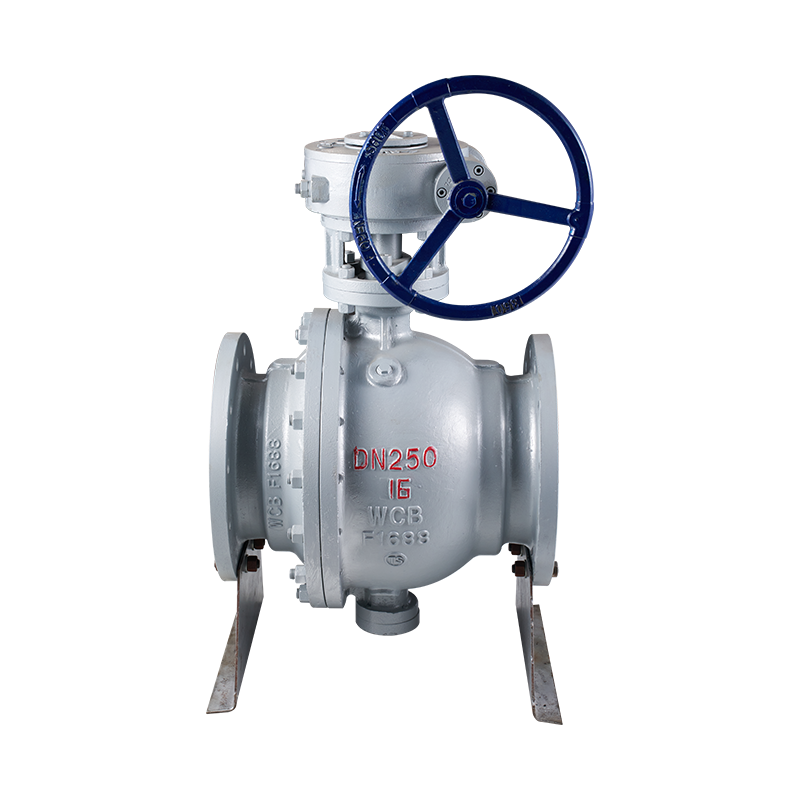A Ducting Non Return Valve (also known as a check valve) is a critical component in ventilation and air duct systems. It is designed to allow airflow in one direction while preventing it from reversing, which can cause inefficiency, air contamination, and even damage to equipment. The valve operates automatically, meaning that when the airflow reaches a certain pressure or speed, the valve opens to permit the flow of air. If the airflow reverses, the valve closes to block the unwanted backflow. This simple yet effective mechanism ensures that the system maintains proper pressure and prevents any potential backdrafts, safeguarding both the ducting system and the building it serves.
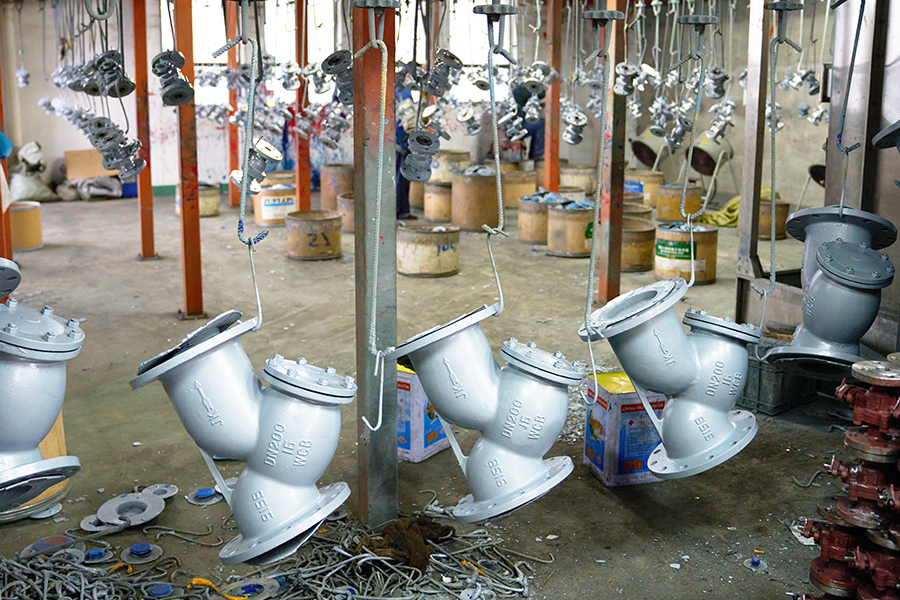
The Ducting Non Return Valve is commonly used in systems where air or gas flows need to be regulated without the risk of contamination or damage. For instance, in HVAC (heating, ventilation, and air conditioning) systems, these valves prevent the return of stale or contaminated air into clean areas, thereby maintaining air quality and ensuring performance. In industrial applications, these valves are used to maintain the flow of gases or exhausts, preventing backflow that could damage sensitive equipment such as exhaust fans, motors, and turbines.
These valves are made from durable materials, often resistant to corrosion and wear, as they are designed to function continuously in demanding conditions. Common materials used in the construction of ducting non-return valves include stainless steel, aluminum, and high-performance plastics, depending on the operating environment. Their size and design vary, but all are engineered to provide a tight seal and reliable, one-way operation to ensure the proper functioning of ventilation and air management systems.
The Marine Inline Fuel Check Valve is a key component in marine fuel systems, ensuring that fuel flows in one direction only and preventing any backflow that could compromise the system's integrity. These valves are designed to protect the fuel line from backpressure, which could bring about fuel contamination, engine damage, or potential fire hazards. Proper installation of the Marine Inline Fuel Check Valve is crucial for the safe and efficient operation of the vessel's fuel system.
Before installing a Marine Inline Fuel Check Valve, it is essential to select the appropriate valve for your specific vessel and fuel system. The size of the valve should match the diameter of the fuel line to ensure a tight and secure fit. Additionally, make sure the valve is rated for marine use, meaning it is resistant to corrosion from saltwater exposure and can withstand the pressure demands of marine fuel systems. Materials like brass, stainless steel, or plastic composites are typically used in marine applications due to their resistance to corrosion and durability.
Once the correct valve is selected, the next step is to prepare the fuel line for installation. Ensure the fuel system is turned off, and the lines are depressurized. Drain any remaining fuel from the line to avoid spills during the installation process. Using a pipe cutter, remove a section of the fuel line where the check valve will be installed. The cut section should be clean and free of burrs to allow for a secure connection with the valve.
The Marine Inline Fuel Check Valve is typically installed between the fuel tank and the engine to prevent fuel from flowing back into the tank or other parts of the system. When installing the valve, pay close attention to the direction of flow indicated on the valve body. Many check valves will have an arrow that points in the direction that the fuel should flow. Installing the valve in the wrong direction will cause it to malfunction and fail to prevent backflow.
Use appropriate fittings to secure the valve in place, ensuring that the connections are tight and leak-free. For a better seal, you may want to use thread sealant or Teflon tape on the threads of the valve and the fittings. Tighten the connections carefully, avoiding over-tightening, which could damage the threads.

 English
English 中文简体
中文简体


